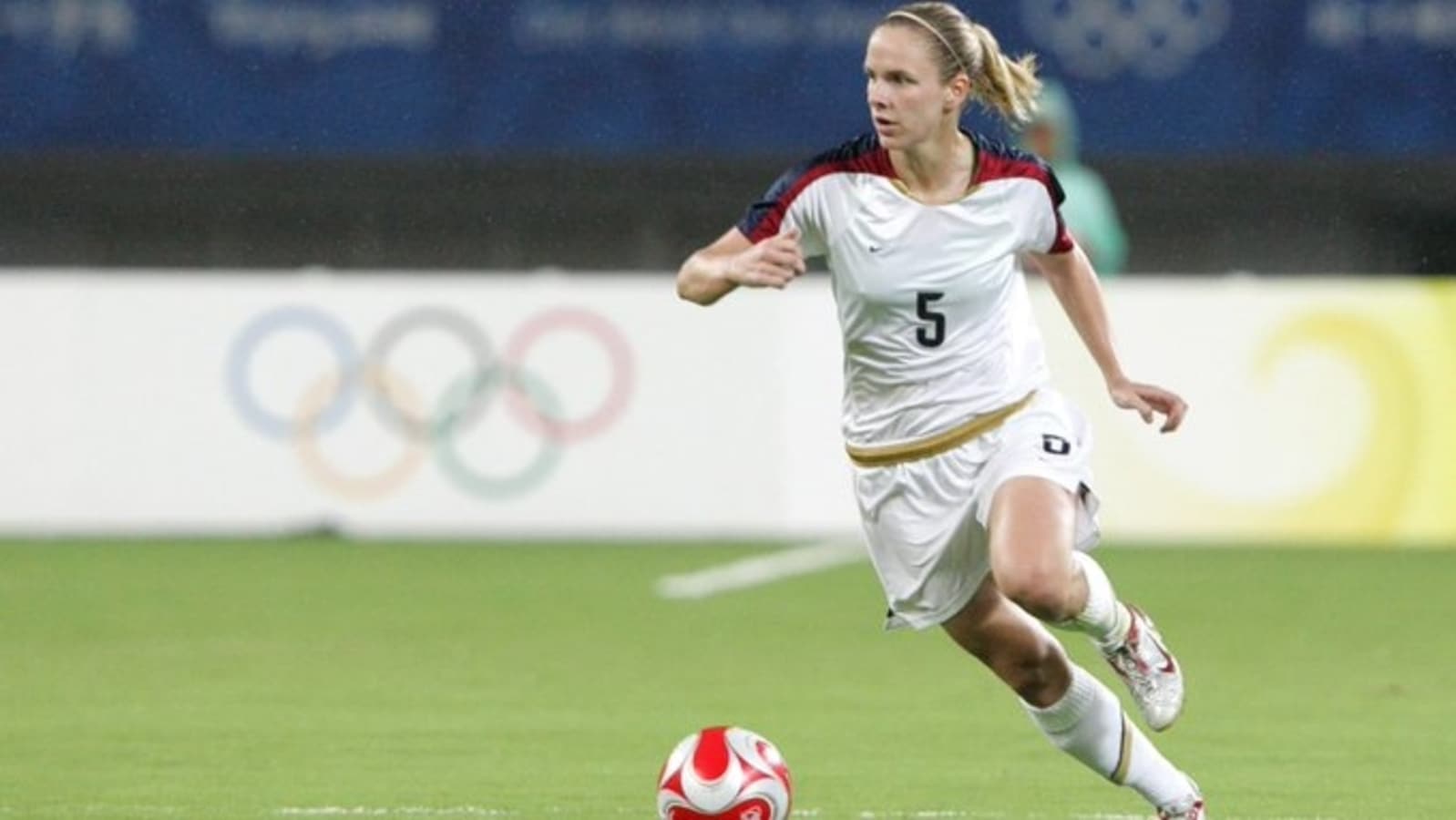You have to look at where we started: Tarpley on the equal pay fight
Six summers ago, the biggest names in American women’s football began a battle against discrimination. Icons like Hope Solo, Megan Rapinoe and Alex Morgan among others filed a complaint with the Equal Employment Opportunity Commission (EEOC) in the United States of America, starting what became a famous legal fight against the United States Soccer Federation (USSF).
Central to their demand was equal pay with the group of players referring to their lower pay cheques in comparison to their male counterparts despite being much more successful. The United States women’s team has won the FIFA World Cup and Olympic gold four times each while the men have never stood on the top step of the podium in either event.
After their complaint in April 2016, the players filed a lawsuit against USSF three years later, accusing the federation of ‘institutional gender discrimination, seeking damages under the Equal Pay Act. The lawsuit claimed that the discrimination affected not only the amount the players were paid but also their playing, training, and travel conditions. The sides settled the working conditions portion in December 2020, dealing with issues such as charter flights, accommodation and playing surfaces.
But the biggest victory for the United States women’s national team came in February 2022 when the USSF agreed to settle the lawsuit for $24 million with $22 million to be split into individual amounts proposed by the players and the remaining $2 million to establish a fund to benefit the players in their post-football careers and charitable efforts aimed at growing the sport for women.
“It was a huge moment for us, especially considering the fact that it started a long time ago. To see the progress and to be able to see that it finally happened was incredibly rewarding,” said Lindsay Tarpley, who was here earlier this month for the ticketing launch of the FIFA U-17 Women’s World Cup.
The battle for equal pay got another shot in the arm on Thursday when the proposed $24 million settlement was given preliminary approval by an American district judge, who scheduled a December 5 hearing for final approval and granted the motion for approval filed by the players. The settlement was contingent on the USSF reaching collective bargaining agreements to pay its men’s and women’s teams equally.
“You have to look at where we started—what all of these women who followed it all the way, who saw (the discrimination) and put the team first to ultimately get to where we are now which is equal pay. It is a process, step-by-step you continue to get better, you continue to build, and you continue to fight for equality. Over time, the investment pays off,” added the 38-year-old Tarpley, who played for the United States from 2003 to 2011.
Tarpley, who won two Olympic gold medals with the US national team at Athens 2004 and Beijing 2008, stressed that it is because of these battles that American football—both domestic and international—got the push that has made its women’s team the best in the world with four World Cup crowns, more than any other outfit.
“It’s been really neat to see how much the National Women’s Soccer League (NWSL) has progressed over the last 8-10 years which has helped, in large parts, to all of the success the national women’s team has had. Now all the investment is going back into creating more opportunities for more women,” said Tarpley, who also won a bronze at the 2007 World Cup. “For me, it is very rewarding to see all the hard work put in and now there are teams that are thriving and really changing the way women’s soccer is and that is again continuing to move the ball forward, continuing to make the steps, massive steps forward.”
Boost for U-17 World Cup in India
Tarpley added that the upcoming FIFA U-17 Women’s World Cup, to be held in India from October 11-30, is a major opportunity for the growth of the sport in the country.
“It’s a very exciting time for India, especially women’s football, because having an opportunity to host a youth World Cup and (by) investing in it, you’re producing female leaders and coaches and they produce the scholarship fund to make sure they are staying in sport. The World Cup is really that platform,” said Tarpley. “Having this platform is a huge opportunity but with that opportunity comes a development and investment period which I am excited to see; how India progresses with it.”
The seventh edition of the biennial competition will be held in Goa, Navi Mumbai and Bhubaneswar. Initially scheduled in 2020, the 16-team tournament was postponed due to the Covid-19 pandemic. Hosts India have been drawn with powerhouses USA and Brazil and fellow debutants Morocco.
“It’s an opportunity for people to understand what it is being exposed to (an event like a youth World Cup), for kids to have a role model. Imagine a child watching one of these superstars in the U-17 World Cup and then following their career as they progress along their journey. When I look back on my career, I’m so thankful for the youth World Cups because it helped me develop into the player and person that I was when I made my jump to the senior women’s national team. It was much easier because of everything I had experienced. These platforms are very important for overall development,” said Tarpley.
For all the latest Sports News Click Here
For the latest news and updates, follow us on Google News.

